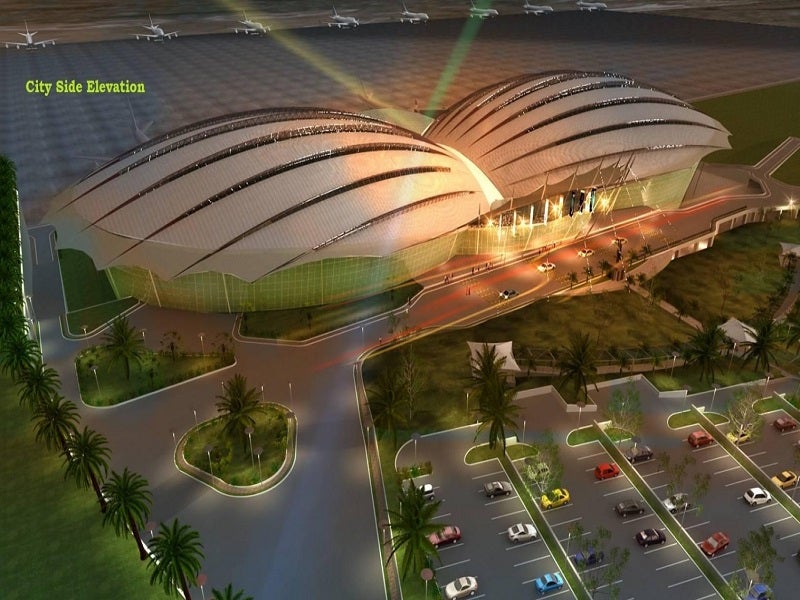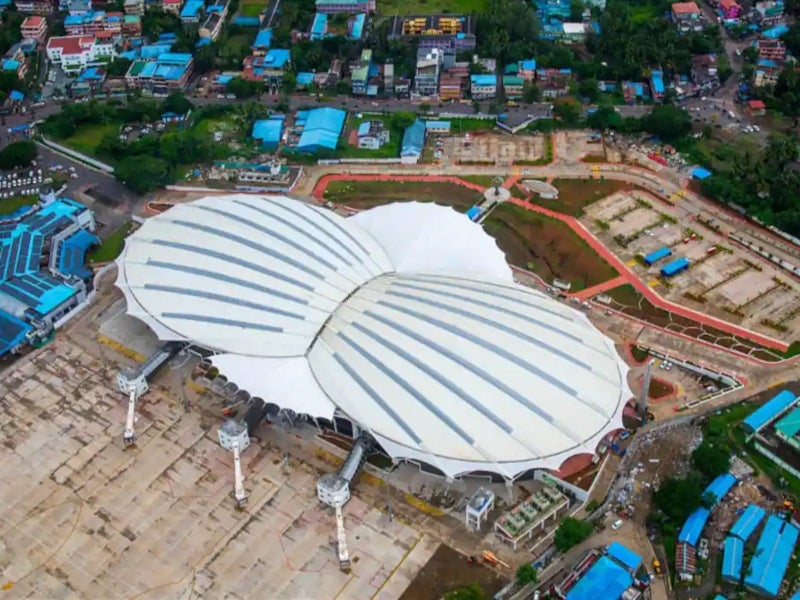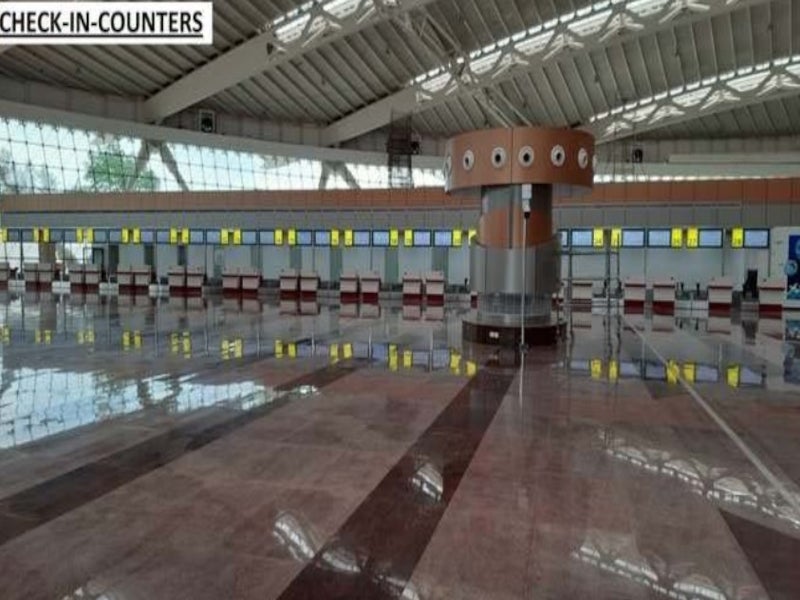Veer Savarkar International Airport (previously known as Port Blair Airport), is located at Port Blair in the Andaman and Nicobar Islands in India. The airport was officially declared international in 2007. It is a civil enclave owned by the Indian Navy and the Ministry of Defence, while the passenger terminal is operated by the Airports Authority of India (AAI).
AAI proposed the construction of a second terminal building at the airport to accommodate the increased passenger traffic. Construction on the project commenced in September 2014 and the terminal was inaugurated in July 2023. Operations began formally in August 2023.
Constructed with an investment of approximately Rs7.1bn ($86.4m), the new integrated terminal building can handle five million passengers annually.
The project promotes the tourism industry, boosts economic growth in the region, and creates employment opportunities, including more than 600 jobs during the construction phase and 500 jobs in the operational phase.
Location of Veer Savarkar International Airport
The Veer Savarkar International Airport is located 2km south of the city of Port Blair and can be accessed through National Highway 223 (NH 223) and State Highway 11 (SH 11).
Haddo Wharf port in Port Blair is the nearest seaport. The project area is connected to mainland India through air and water.
New terminal building details
The integrated terminal building is built upon a plot area of 98,622m² (1,061,558ft²). It includes three floors, with a built area of 40,837m² and a height of 32m. The lower ground floor covers an area of 13,672.3m² and serves as a bus lounge, and service and remote arrival area. The upper ground floor covers 21,026.82m² and is used for passenger arrival and departure. The first floor serves as a waiting area and security hold area for international passengers.
The terminal can handle 1,200 passengers, including 600 domestic and 600 international passengers during peak hours.
The development also included the construction of a new 120m × 225m apron with an investment of Rs800m ($9.7m). It is ideal for two Boeing-767-400 and two Airbus-321 aircraft. The airport can now accommodate ten aircraft simultaneously.
New terminal building design
The terminal design at Veer Savarkar International Airport is inspired by nature and features a shell-shaped structure to represent the sea and islands. The steel-framed building has a large span of 240m, which is divided into two 120m columnless spans, supported by periphery steel columns.
The terminal building is designed to be illuminated by natural light during the day. Within the airport premises stands a statue of freedom fighter Veera Savarkar, after whom the airport is named.
The building features a curved shape cable net glazing. The terminal roof is installed with an antiglare membrane and an aluminium sheet covering to avoid penetration of direct sunlight.
New terminal building facilities
The new terminal includes 28 check-in counters, 12 immigration counters, four aerobridges, six elevators, seven escalators, and three passenger boarding bridges. It also includes three conveyor belts, with an in-line scan system, apart from 367 parking spaces for buses, taxis, and cars.
The terminal is also installed with a state-of-the-art firefighting and fire alarm system.
The airport was equipped with an instrument landing system (ILS) facility in April 2024. The ILS is a precise radio navigation tool designed to offer aircraft close-range guidance, enabling them to safely navigate toward a runway under conditions of low visibility, at night, or during adverse weather.
Sustainable features
A 40kWp roof-mounted solar photovoltaic power plant is installed to supply clean energy to the terminal.
The terminal building also features a rainwater catchment system in a subterranean water tank, an on-site wastewater treatment plant where 100% of the treated wastewater is reused for landscaping, and a 500kW solar power plant with minimal environmental impact on the islands.
Air conditioning equipment at the airport operates on environment-friendly hydrofluorocarbons (HFC) refrigerants and meets high standards of energy efficiency. The terminal features low energy-consuming LED light fittings while the skylights provide natural lighting for 12 hours a day. The double-insulated roofing system minimises the heat gain.
The outer glazing of the airport is made of low-emittance glass, which blocks heat by 80% and reduces the need for air conditioning. A building management system is used to enable ease of operations and to conserve energy.
Contractors involved
The contract for the construction of the new terminal was originally awarded to Era Infra Engineering, an engineering, construction and services company, in September 2014. The contract was, however, terminated in 2016 due to the slow progress made by Era Infra in completing the project.
The contract was awarded to Shapoorji Pallonji & Company, an engineering, construction, and infrastructure company, which took over the construction in 2017.
Gaurang Environmental Solutions, an environmental consulting company, served as the environment consultant for the project.
Existing Terminal 1 and runway details
The runway (04/22) has a length of 3,420m and a width of 45m. The apron area measures 350m × 110m with six parking stands. It can accommodate type C aircraft.




